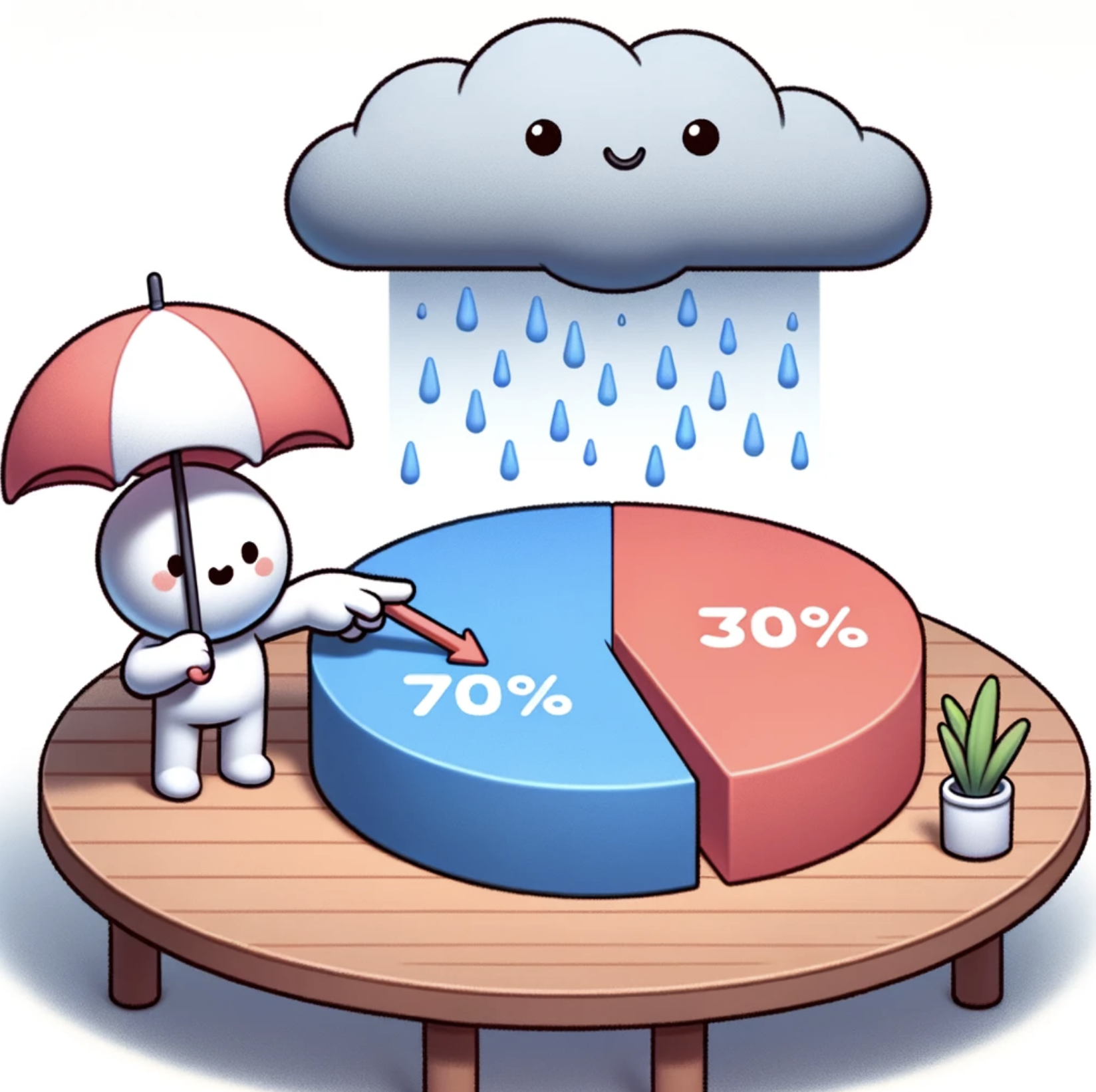73% of organizations have upped their API deployment game from just a year prior. The data they spew is vast. It's not just about understanding how many API requests are fired, but also about discerning the context, origins, and implications of each.
482 MISCHIEVOUS CATS 🐈 🐈⬛
As per a report by CloudElements from a few years ago businesses, on average, manage 482 different APIs. That's like trying to handle 482 mischievous cats all at once!
Hey there, fellow digital wanderers! 🚀
Do you remember those thrilling novels where the protagonist suddenly finds themselves in a vast, confusing maze? Picture it: each twist and turn holds new mysteries and challenges. That, dear reader, mirrors the world many Technical Product Managers (PMs) traverse daily - the intricate realm of APIs.
Journey through the API Landscape
APIs, often dubbed the invisible backbone of our digital age, are on the rise, binding platforms, tools, and services in a mesh of interconnectedness. As per a report by CloudElements from a few years ago (it's probably even more now), businesses, on average, manage 482 different APIs. That's like trying to handle 482 mischievous cats all at once!

But that's not all. Another study from Postman's State of the API further fleshes out this growth story, revealing that 73% of organizations have upped their API deployment game from just a year prior.
However, this expansive API sprawl isn't without challenges. The data they spew is vast, and sometimes, quite daunting. It's not just about understanding how many API requests are fired, but also about discerning the context, origins, and implications of each.
Enter: The Marvels of API Observability and Analytics
Imagine cooking a gourmet dish but not tasting it until it's served. That's the risk businesses run without API Observability. It's like trying to make a chocolate soufflé blindfolded, hoping that the center will be perfectly gooey when it's finally unveiled. With observability, it's as if you suddenly have x-ray vision, allowing you to monitor the 'cooking' in real-time – every API request, every change, every potential hiccup. It's like having a trusty sous-chef whispering in your ear, pointing out if the burner's too high or if the sauce is about to curdle. If a particular ingredient (read: API endpoint) is causing trouble, you'll know before the 'dish' reaches your 'guests' (the end-users), ensuring that no bitter aftertaste ruins their experience.
Now, bring in the maestro, API Analytics. Observability might provide you with the freshest, most vibrant ingredients, but Analytics is the seasoned chef who knows exactly how to blend them together. While Observability offers the raw ingredients, Analytics bakes it into a delightful dish, perhaps a rich tiramisu or a tangy lemon tart. It interprets raw data, sifting through the flour to find the lumps, making it palatable and actionable. It's the difference between having a basket of raw fruits and a decadent fruit tart topped with a glossy glaze.
API KITCHEN 👨🏼🍳
Imagine cooking a gourmet dish but not tasting it until it's served. That's the risk businesses run without API Observability. It's like trying to make a chocolate soufflé blindfolded.
Think of Technical Product Managers as the head chefs of a bustling kitchen. With these tools at their disposal, they can not only retrace the exact path of a particularly scrumptious sauce (or consumer API steps) but can also preemptively sprinkle a dash of this or a dollop of that to address potential issues. They can anticipate if the risotto might turn out too starchy or if the creme brûlée might not have that perfect caramelized top. By doing so, they ensure a seamless, mouth-watering digital experience for the end-users. It's a culinary ballet, with APIs dancing in harmony, ensuring that every bite, or click, is an explosion of flavors, leaving users craving for more.

In essence, the blend of API Observability and Analytics is like pairing a vintage wine with a gourmet cheese - individually delightful, but together, they elevate the experience to a symphony of flavors. So, the next time you think of your digital interface, remember the kitchen analogy, and ensure you're serving nothing but Michelin-star experiences. Bon appétit to digital success!
Why Every Technical Product Manager Should Care About Observability
Remember our novel's protagonist navigating the maze? For our PMs, that maze is the dense digital landscape of APIs. And Observability and Analytics? They're the guiding stars, shedding light on the path ahead.
- Real-time Insights for Proactive Measures: Observability tools keep a finger on the pulse, detecting and highlighting issues even before they snowball into disasters.
- Understanding Consumer Behavior: By retracing consumer API steps, managers gain a clearer understanding of user preferences, behavior, and potential bottlenecks.
- Data-driven Decision-making: Observability and analytics together arm PMs with the data they need, helping them make informed decisions rather than shots in the dark.
- Resource Management & Cost Efficiency: These tools highlight overused or underutilized resources, ensuring optimal allocation and better financial prudence.
As a pointer to its growing importance, one past study by Dynatrace reveals that a whopping 70% of organizations now consider observability crucial for mitigating technical debt. That's like saying 70% of people believe umbrellas are key to staying dry in the rain. It's a no-brainer!

The Intricate Dance of Data: API Ecosystems
Every dance has its rhythm, every symphony its tempo. For the modern digital business, APIs form this rhythm. As businesses have expanded their digital footprint, their dance floors have grown too, necessitating a harmonious orchestration of API calls, endpoints, and integrations.
Consider the mobile apps we use daily. Every time we book a ride, order food, or check the weather, APIs dance in the background, ensuring these apps interact seamlessly with backend servers and third-party services. This interplay is complex, and like any intricate dance, it needs a choreographer to ensure everything is in sync. Enter: Technical Product Managers.
Feeling the Pulse: Real-time Monitoring
It's one thing to design a dance sequence, but it's another to ensure it's executed flawlessly on stage. That's where real-time API monitoring shines. It provides PMs with a live feed of every step, twirl, and leap, ensuring no missteps go unnoticed.
Imagine if during a performance, a dancer takes a wrong step. It could be due to a slippery floor, a missed cue, or perhaps an unexpected injury. Without real-time monitoring, this misstep might lead to a cascading series of errors. But with it, our vigilant choreographer (the PM) can immediately take corrective action, ensuring the show goes on seamlessly.

The Dance of Devices: Fragmentation and Challenges
Here's an intriguing fact: As of 2022, there were over 24,000 unique Android devices alone. Now, factor in other platforms like iOS, web-based interfaces, IoT devices, and more. Each device may interact with APIs slightly differently, leading to unforeseen challenges.
For PMs, this means ensuring the dance of APIs remains harmonious across a vast array of stages, each with its quirks and nuances. Every device, platform, or integration point can introduce its set of challenges, making the role of a PM increasingly complex.
Deciphering the Dance: Analytics to the Rescue
While Observability lets PMs feel the pulse of the API dance, Analytics allows them to understand its essence. It tells them which moves dazzled the audience, which ones faltered, and which sequences might need more rehearsal.
Just as a dance critique offers feedback on a performance, API analytics gives PMs insights into API usage patterns, popular endpoints, peak traffic times, and more. This not only helps in optimizing the current setup but also informs future strategies and integrations.
Peering into the Future of APIs
The world of APIs is evolving rapidly. As it expands and evolves, so does its complexity. In this dynamic landscape, PMs can no longer afford to navigate blindly. Observability and analytics have shifted from being 'good-to-haves' to 'must-haves'.
So, as we wade deeper into this interconnected digital era, remember this: every twist and turn in the API maze can be navigated with clarity. Observability and analytics are the torchbearers lighting up the path. And for our PMs? They're not just tools; they're allies in their digital quest.
Stay tuned for more insights on how modern solutions can make the life of an API Product Manager easier and more productive. Because after all, who doesn’t want to understand their APIs as clearly as they understand their morning coffee? ☕






